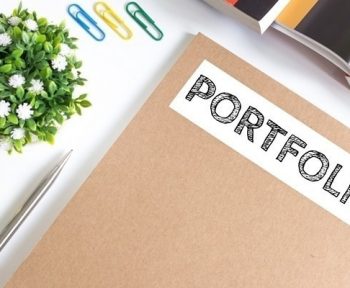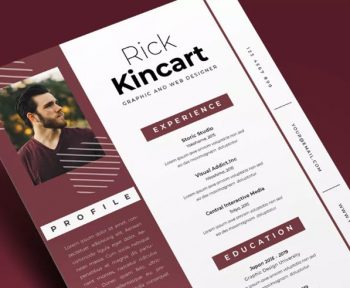Curriculum Vitae and Portfolio: which one to use and on what occasion here https://magictexts.com/? Surely you have been wondering in what situation it is advisable to use a curriculum vitae and in which instead a portfolio is more appropriate, isn’t it? In this article we will deepen this question: better the CV or the portfolio? What are the strengths and weaknesses of the curriculum, and which are the disadvantages and advantages of a portfolio?
Read on to discover them all and to decide which one is best to use in your particular case.

CV or Portfolio?
Definitely depends on the situation and your profession, but a very useful tip for everyone is to have them both at hand, and therefore to prepare both a good resume and a good portfolio, in this way, you can be ready for every proposal you receive.
But be careful, in which cases is a portfolio not absolutely necessary?
For all those professions such as shop assistants, cashiers, bartenders, or professions in which no particular projects are developed, having a portfolio is not absolutely necessary.
In these cases, it is much better to have a well-made CV and that can demonstrate their skills in a schematic and chronological way.
For the creative professions or for those who work on projects, it is instead not only very useful but also absolutely necessary to create your own portfolio to show your work and skills. In this type of profession, having a portfolio is also easier to keep up with the times and with other candidates and to respond quickly to any job offers that you receive.
The portfolio is better for the creative works
I creative works often cannot be fully represented by a normal curriculum vitae. In this case, it is much better to also attach a portfolio to your CV to complete your profile.
Both tools are fundamental, but in the case of creative professions, the portfolio, be it paper or digital, represents definitely a step further and in this way helps the candidate to be able to overcome other aspirants and to get noticed by showing their skills and their work.
In some cases, the portfolio is simply not a value-added, but a real requirement to be able to apply for a certain position.
In this case, being able to present yourself adequately will be a big advantage over other candidates.
Jobs for which the receipt of the portfolio is often an essential requirement are for example all those creative-artistic works, for example, the works in the field of graphics, design, illustration, fashion, photography, communication or writing. But not only that, even works in the field of architecture often need a portfolio through which to illustrate their projects, sketches and the work carried out. Even jobs in the craft sector may need to have a portfolio, in addition to the common curriculum vitae.
Now let’s see together what are the advantages and what are the disadvantages of sending a resume vitae rather than a portfolio.
What are the advantages of a CV?
Although for some categories the CV is more in demand than the portfolio and vice versa, it is appropriate remember that both have some pros and some cons. Moreover, thanks to the continuous evolution to which the world of work is subjected, it is increasingly common for candidates to always try to improve their application and make it as complete as possible, even for those jobs, where once it was not at all necessary try so hard.
The best advice we can give you is to make a portfolio if your work is creative in any way and to keep it handy and use it where you may deem it necessary .
But let’s see now, why is it preferable in some cases to send the curriculum vitae? The CV undoubtedly has a long list of advantages during the application process.
The CVs always and in any case remain the main tools for introducing yourself to a company or a possible client.
Their being concise and concise offers an excellent advantage and makes them perfect tools for selecting candidates also in tempistic he rather short. Curricula also have the advantage of making candidates easily identifiable and contactable at first glance.

Why attach a portfolio?
Attaching a portfolio to your resume is a ‘ great idea to demonstrate your skills.
The reasons for having a portfolio, if you are a creative professional, are many. For example, if you work as a freelancer and you need to make new contacts and find clients through the web, having a portfolio is the best choice you can make. Not only will you be able to be found by more people, but you will also be able to demonstrate your commitment and your professionalism.
Having a portfolio is the best choice you can make. Not only will you be able to be found by more people, but you will also be able to demonstrate your commitment and your professionalism.
A tip can therefore be to have both a curriculum vitae and a portfolio and to send it as appropriate. For creative professionals, the portfolio can also be online and always available, and can also act as a business card or as a way to find new customers. For more standard jobs or jobs where you don’t work for projects, you don’t usually need to create a portfolio as well.
Finally, in the case of the European resume, you’ve surely heard of the skills portfolio. In this case, we are not talking about the classic portfolio but about a descriptive list of your skills. The Europass curriculum, however, represents a particular case that normally does not get along very well with the creative professions or which in any case is not very suitable for professionals, therefore it is not to be considered for these types of professions, unless explicitly requested, for example in the case of a public competition.




